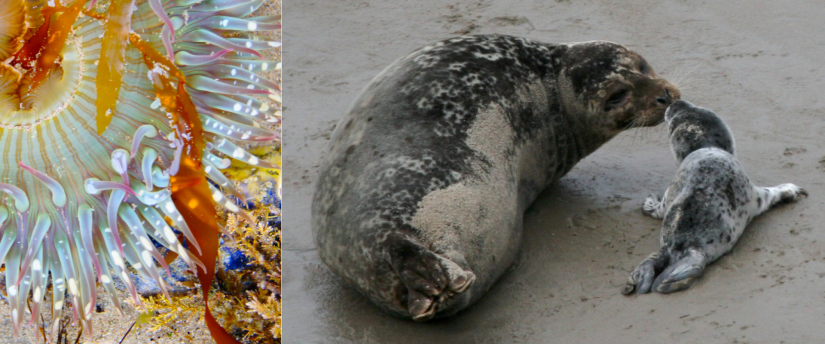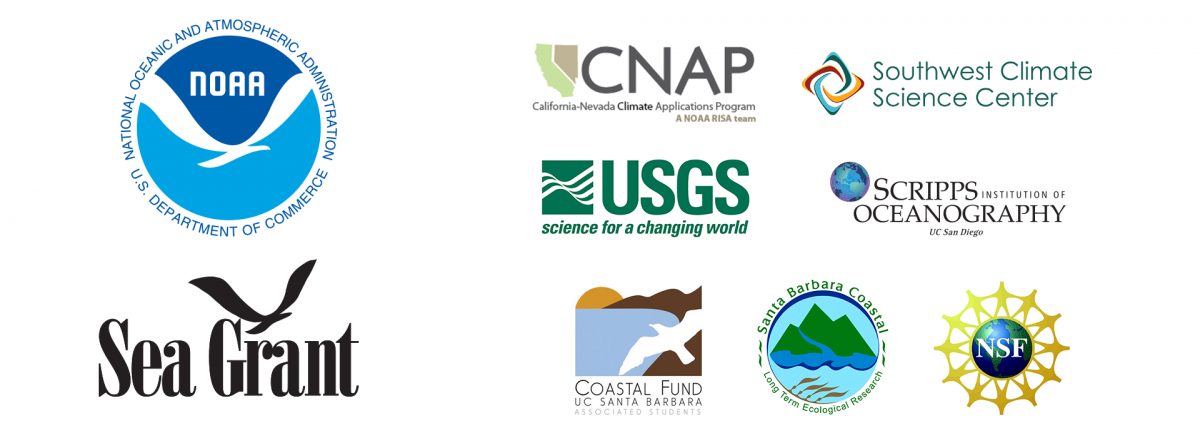
Available now!
The Santa Barbara Area Coastal Ecosystem Vulnerability Assessment (SBA CEVA) is a multidisciplinary research project that investigates future changes to southern Santa Barbara County climate, beaches, watersheds, wetland habitats and beach ecosystems. The target audience is local land use planners and decision makers. The main objective is to provide information that assists the Cities of Santa Barbara, Carpinteria, and Goleta, the County of Santa Barbara, and UC Santa Barbara in climate adaptation planning with a clear focus on coastal ecosystems.
Led by California Sea Grant, SBA CEVA was developed from the work of three of the state’s leading ecological and climatological research programs: UCSB’s Santa Barbara Coastal Long-Term Ecological Research (LTER) Program, the UCSD Scripps Institution of Oceanography (SIO) and their activities within the California and Nevada Applications Program Regional Integrated Science and Assessment (CNAP RISA), the California 4th Climate Assessment and the Southwest Climate Science Center Program, and USGS Coastal Storm Modeling System (CoSMoS) and accompanying coastal change monitoring program. Watershed models were developed by researchers at Northeastern University in collaboration with the Santa Barbara Coastal LTER.
HOW TO USE THIS REPORT
This document reports on the multidisciplinary SBA CEVA research effort. The target audience is local land use planners and decision makers. Research sections address: climate change projections (Section 2), watershed runoff (Section 3), coastal hazards and shoreline change (Section 4), estuaries (Section 5), and beaches (Section 6). Each section is written by leading experts and presents new, detailed research findings including: an introduction, methods, results/ discussion, and key findings. The climate downscaling, coastal hazards and shoreline change and watershed runoff sections provide information about the physical environment critical to ecosystem functions. These results are not only useful for ecosystems discussed in this report; they also may be used to inform adaptation planning for other Santa Barbara area ecosystems and built environments.
The Executive Summary (p. 13) and Take Home Messages (p. 175) provide an overview of research findings designed to be useful to decision makers interested in a high-level summary of this report. Information “boxes” are included to highlight and/ or provide additional information on topics of interest, from a multi-disciplinary perspective.

Community Partners

Attachments
 SBA-CEVA-final-0917_0.pdf
SBA-CEVA-final-0917_0.pdf Monique Myers
Monique Myers